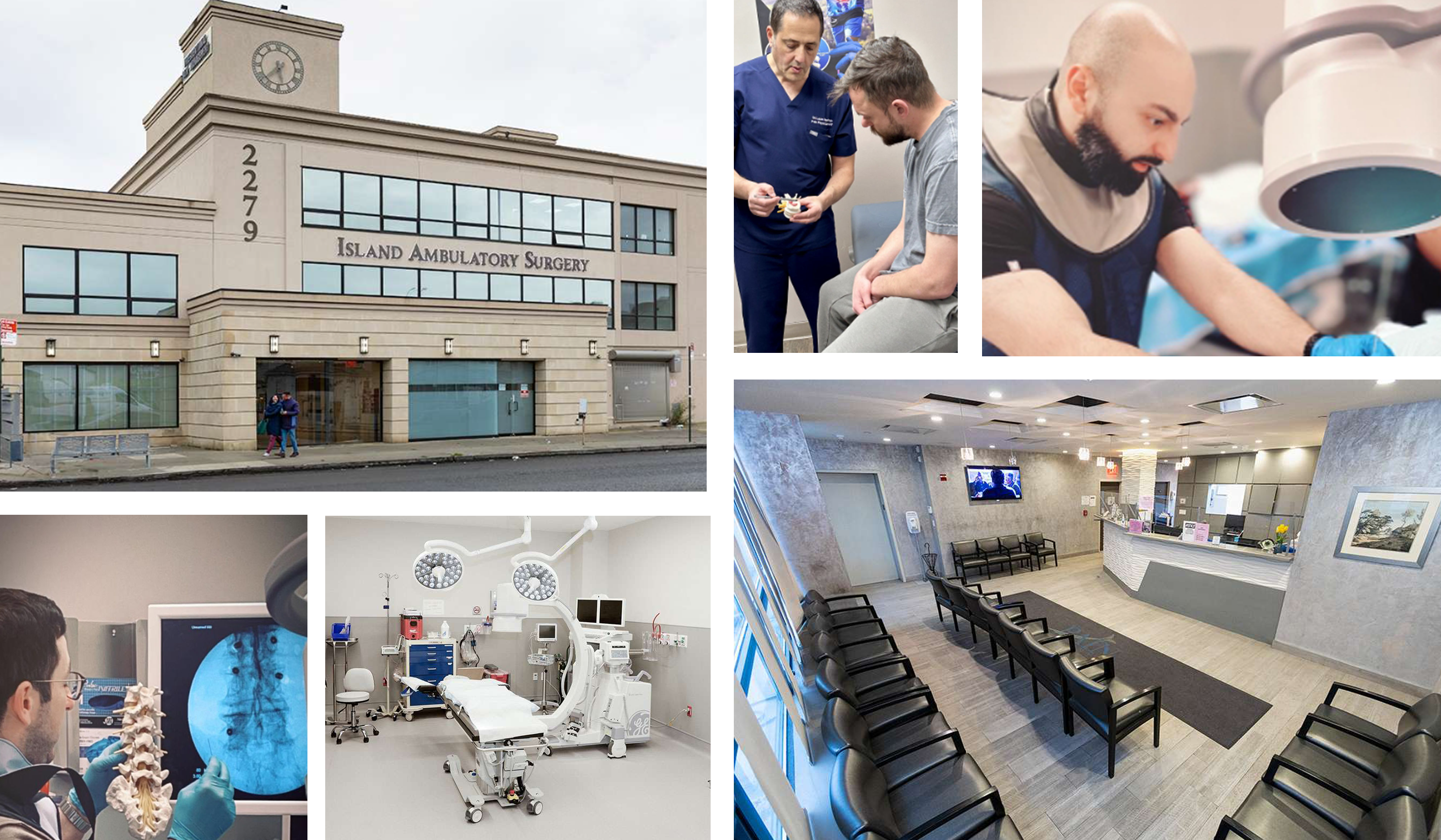A complete or partial break in a bone.
Causes of bone fractures include trauma, overuse and diseases that weaken bones. The main symptom is pain. There may also be loss of functionality depending on the area affected.
COMMON CAUSES
Sometimes, it’s obvious you have a broken bone. The pain might be so severe that you’re certain you’ve broken a bone or a portion of the bone might come through the skin.
It’s possible for doctors to disagree about whether a worker who has suffered a soft tissue injury such as a sprain or strain is ready to return to work, but the severity of a fracture is easily proven by looking at the patient’s x-rays.
DIAGNOSIS
Doctors can diagnose bone fractures with x-rays. They may also use CT scans (computed tomography) and MRI scans (magnetic resonance imaging). Broken bones heal by themselves – the aim of medical treatment is to make sure the pieces of bone are lined up correctly.
TREATMENT
Treatment often involves resetting the bone in place and immobilizing it in a cast or splint to allow time to heal. Sometimes, surgery or metal rods may be required to reset the bone.
Specific treatment for areas affected:
Spine Fractures
In some cases, you'll only need rest, pain medicine, exercises, and perhaps a back brace or treatment for muscle spasms while you heal. And you may need to wear a brace to keep your spine stable during that time.
Hip Fractures
Treating a hip fracture depends on where your hip is broken, how severe the break is, and your overall health. Treatment options may include:
- Surgical repair with screws, nails, or plates.
- A partial or total hip replacement.
- Exercises so that you move better and build strength.
Wrist and Arm Fractures
The best treatment depends on the location of the break. With the right protection, some fractures may heal on their own. Then you may simply need:
- A cast or splint.
- Exercises for your hand, wrist, forearm, elbow, or shoulder.
You may need surgery if the fracture shattered your bone, or if the broken pieces don't line up right. When you need surgery, a doctor may implant a plate, screws, wires, rods, pins, or an external fixator. These devices hold the bone in place while it heals. If the bone is in more than two pieces, a bone graft can help make it heal faster.

